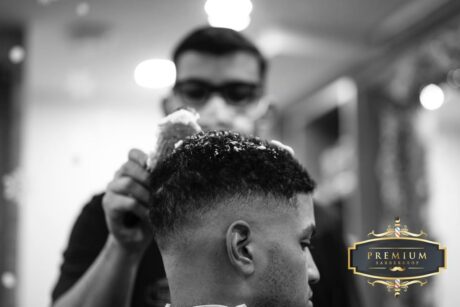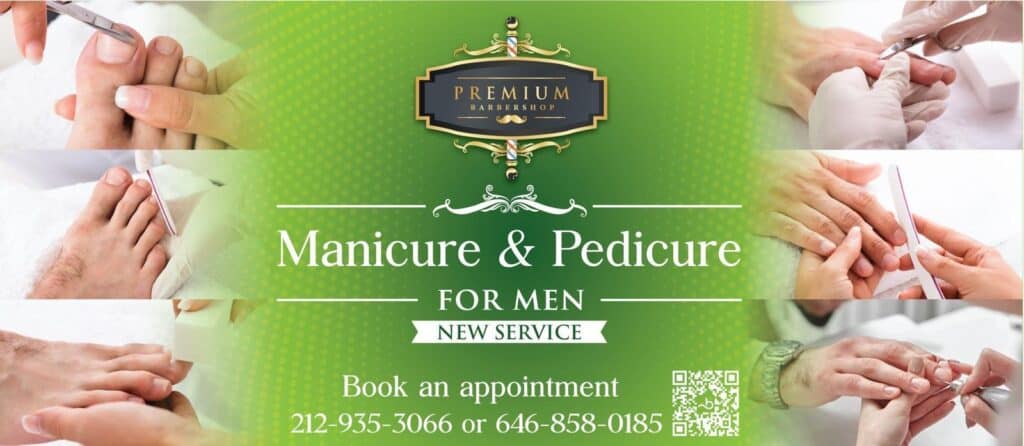
The world of hairstyling has witnessed remarkable growth in recent times, with various haircuts and styles being developed for both men and women. However, fade and taper haircuts have stood out and have gained immense popularity in modern times. While these two terms may seem interchangeable, they actually refer to two different hairstyles. We’ll explore the differences between fades and tapers, and help you understand which one might be the best choice for you.
Understanding the Fade Haircut
A fade haircut is a popular men’s haircut that involves gradually tapering the hair on the sides and back of the head, creating a seamless blend with the longer hair on top. The fade can be done with different clipper lengths, resulting in a variety of fade styles, including low fades, mid fades, and high fades. To achieve a fade haircut, a barber typically starts with a longer clipper guard at the bottom of the hairline and gradually switches to shorter guards as they move up the sides and back of the head. This creates a fade effect, with the hair gradually getting shorter and blending into the skin.
The fade haircut has been around since the 1940s and was popularized by African American men in the 1980s. Today, it is a versatile and trendy haircut that can be worn in a variety of styles, from classic and clean to edgy and modern. One of its main benefits is that it can work with a variety of different men’s barber hairstyles and types. Whether you have curly hair, straight hair, thick hair, or thin hair, a skilled barber can create a fade that will complement your hair and facial features.
Moreover, the fade haircut can be tailored to your specific preferences and personality, making it a highly versatile option for individuals of all hair types and styles. For example, if you prefer a more dramatic look, you can opt for a high fade that leaves a significant amount of hair on the top of your head. If you prefer a more subtle look, a low fade may be the way to go. The fade haircut is also a popular choice because it requires relatively low maintenance. While you’ll still need to visit your barber regularly to maintain your look, you won’t need to spend a lot of time styling your hair.
Understanding the Taper Haircut
While the fade haircut is characterized by a gradual transition from short to long hair, the taper haircut is characterized by a more subtle transition. Tapers typically involve shorter hair on the sides and back of the head that gradually tapers into longer hair on the top.
One of the key benefits of a taper haircut is its versatility. Like fades, tapers can be customized to suit a wide range of different hair types and styles. Whether you prefer a classic, polished look or a more edgy and modern style, a skilled barber can create a taper haircut that will complement your style.
Another advantage of the taper haircut is that it’s relatively low maintenance. While you’ll still need to visit your barber regularly to keep your haircut looking fresh, you won’t need to spend a lot of time styling your hair on a daily basis.
Taper haircuts can also be a great choice for men who want a more conservative look. Because tapers involve a more subtle transition from short to long hair, they can be a good choice for men who work in professional or conservative environments.
However, it’s important to note that tapers may not be the best choice for men with certain hair types or styles. For example, if you have very thick or curly hair, a taper haircut may not provide the level of volume or texture that you’re looking for. Similarly, if you prefer a more dramatic or bold look, a taper haircut may not be the best choice.
Which Barbershop Haircut Is Right For You?
Choosing between a fade and a taper haircut ultimately depends on your personal preferences and hair type. While both haircuts offer a similar tapered look, they differ in the length of hair left on top, the length of hair on the sides and back, and how the hair is blended. Here are some factors to consider when choosing between a fade and a taper haircut:
- Face shape and hair type
Your face shape and hair type can play a significant role in which haircut will look best on you. For example, if you have a round face, a high fade can help elongate your face, while a low taper can soften the angles of your jawline. If you have thick, curly hair, a mid fade can help control your hair’s volume and texture, while a high taper can create a more polished look.
- Lifestyle and personal style
Consider your lifestyle and personal style when choosing a haircut. If you have a more conservative job or prefer a classic, polished look, a taper haircut may be a better fit. If you have a more creative or edgy style, a fade haircut may be a better choice.
- The versatility of fade and taper haircuts
Both fade and taper haircuts offer versatility in styling. For example, you can style a high fade with a slicked-back look for a classic, clean appearance, or add texture to a low taper with a messy, tousled style for a more casual look.
- The versatility of fade and taper haircuts
Both fade and taper haircuts offer versatility in styling. For example, you can style a high fade with a slicked-back look for a classic, clean appearance, or add texture to a low taper with a messy, tousled style for a more casual look.
- Maintenance and upkeep
Both fade and taper haircuts require regular maintenance and upkeep to keep the look sharp. If you prefer a low-maintenance option, a taper may be a better choice since it doesn’t require frequent trips to the barber.
While there are several factors to consider when choosing between a fade and a taper haircut, such as face shape, hair type, personal style, and maintenance, ultimately, the decision comes down to your individual preferences. That being said, a visit to a barbershop for a professional consultation can prove invaluable when it comes to selecting the perfect barber haircut for you. A professional can certainly help you determine which style may work best for you by assessing these factors and making recommendations.
